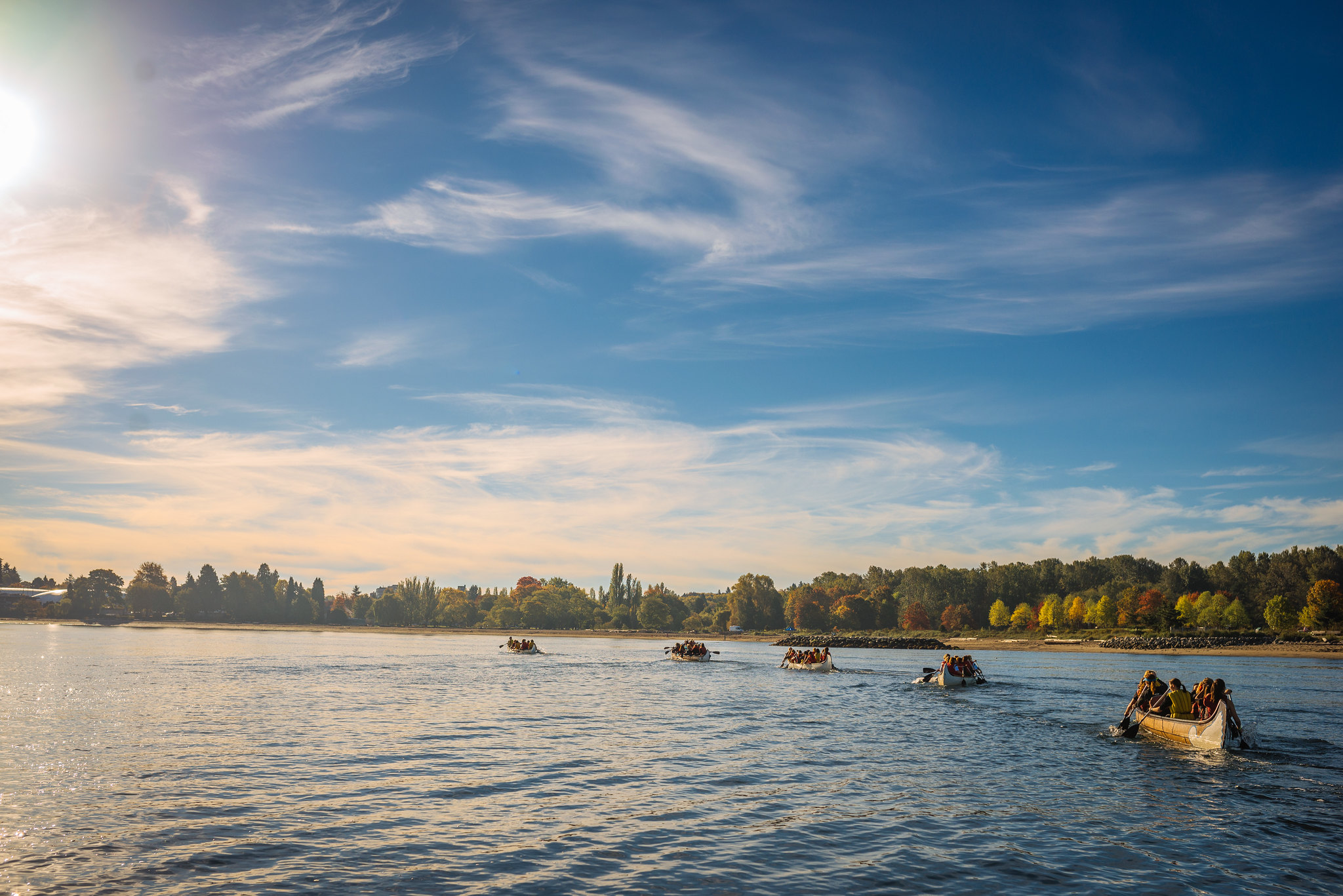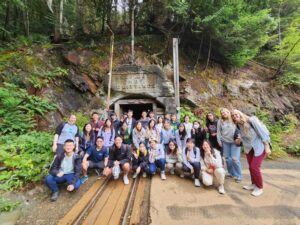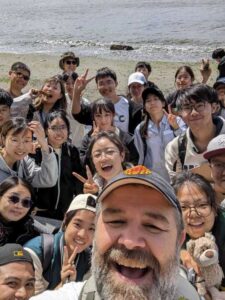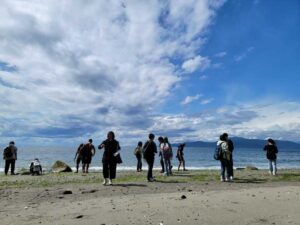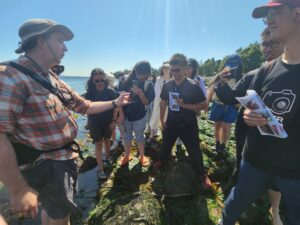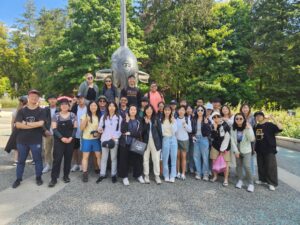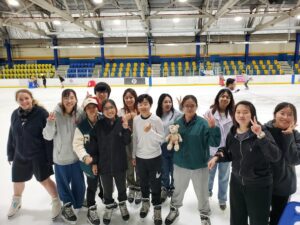The Vancouver Summer Program with UBC Science provides students with the opportunity to study at a top international research university and experience local Vancouver culture.
What you might expect/course format
Courses with UBC Science include in-class and lab portions taught by UBC faculty members, graduate students, and guest lecturers. Courses also include short field trips and other engaging learning opportunities. Students can expect team-based learning activities and assignments.
Check out VSP Earth, Ocean, and Atmospheric Science’s page here!
July 2025 Course Packages
May 1, 2025: EOAS A JULY and EOAS B JULY have been combined. The new combined course keeps the EOAS A JULY course package code and will be comprised of the following courses.
The Science of Natural Disasters
Earthquakes, volcanoes, landslides, tsunami, hurricanes, floods, wildfires, and even meteorite impacts—these natural disasters are powerful forces that shape our world. As populations grow and cities expand, understanding these events is crucial for protecting people, communities, and economies. In this course, you’ll explore how natural disasters occur, where and when they are most likely to strike, and how to reduce their impact. You’ll learn about the science behind these events—how energy is concentrated and released—and learn strategies to protect yourself and your community. Study in Vancouver—a city known for its stunning landscapes and natural hazards. Field trips will let you experience the local environment firsthand, learning about the unique risks and resilience strategies used in this geologically dynamic region.
Earth’s Climate System
Earth’s climate system involves interactions between the atmosphere, oceans, land surfaces, and ice sheets, shaping weather patterns and global climate. In this course, you’ll explore how energy from the sun drives winds, ocean currents, and weather systems, influencing everything from air quality to the biosphere. You’ll examine how these systems regulate climate over geological time and how human activities impact this delicate balance. You’ll learn about the global energy balance and its role in climate dynamics, as well as the connections between ocean productivity, geochemical cycles, and climate change. Study in Vancouver—a city shaped by its coastal climate—where you’ll experience the local environment firsthand through field trips and interactive labs. You’ll also engage in discussions about the future of our planet’s climate and the role of science in developing sustainable solutions.
Prerequisite: No prerequisites
For more information
For VSP Earth, Ocean, and Atmospheric Science-specific questions, please email Ian Ayeras at iayeras@eoas.ubc.ca.
Student testimonials
– VSP Science Student, 2019
